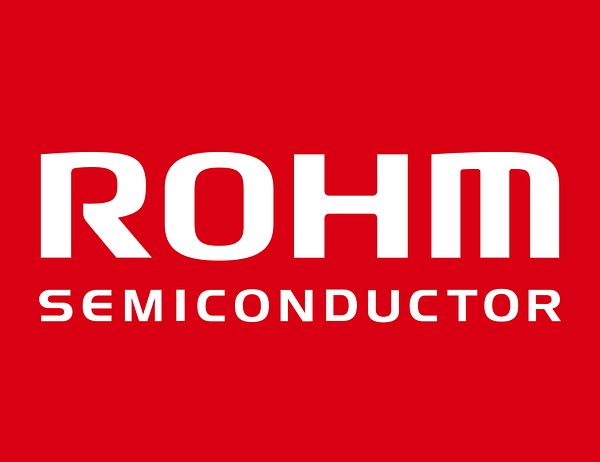Press release -
LAPIS Semiconductor Introduces Industry's Smallest Low Power Microcontrollers for Sensor Management: High performance 8bit MCUs designed to manage, collect, and analyze data from an array of environmental sensors
KYOTO, Japan and SANTA CLARA, Calif., March 7, 2014 /PRNewswire/ -- LAPIS Semiconductor Co., Ltd., a ROHM Group Company, has recently announced the release of 8bit low power microcontrollers designed for sensor management, data collection and processing. The ML610Q793 and ML610Q794G include LAPIS Semiconductor's original high-performance 8bit RISC CPU Core (U8) and a 16bit coprocessor for arithmetic operations, along with analog to digital converters.
Multiple digital interfaces are on chip, including an I2C slave for connecting to a host processor if required. This makes it possible to efficiently control and collect data from multiple sensors, lightening the load on the host processor while reducing system level power consumption. Their robust processing capabilities and low power operation make them ideal for Internet of Things (IoT) applications requiring high performance data collection and processing with minimal power consumption.
These devices operate at up to 4MHz (4MIPS) and include 64Kbytes of FLASH for program storage, 4Kbytes of RAM for program use, and 8Kbytes of Dual Port RAM for data logging. The on-chip coprocessor can perform Multiplication, Division, and Square Root functions, allowing for advanced data analysis. In addition, a variety of interfaces are provided that allow connection to virtually any type of sensor. For analog output sensors there are 3 channels of 12bit Successive Approximation Analog to Digital Conversion (SA-ADC), and for interfacing with digital sensors and wired/wireless communication devices four ports are included: SPI Master, I2C Master, UART, and Synchronous I/O. General Purpose I/O and an I2C Slave I/F for interfacing to a host processor are also available.
The ML610Q793 is available in a thin, compact 48pin WL-CSP (Wafer Level-Chip Scale Package) measuring just 3.1mm x 3.0mm and the ML610Q794G which has all of the features of the ML610Q793 plus a crystal clocking circuit is available in a 48pin QFP package.
Key Features
- Designed for low power control of multiple sensors
- 8bit RISC CPU (U8) core and 16bit arithmetic coprocessor operate at 4MHz and provide independent sensor control and management
- Multiple interfaces enable compatibility with many types of sensors (I2C Master/Slave, SPI, GPIO, UART)
- 12bit high-performance SA-ADC
- On-chip memory for program storage and data logging
Pricing: US$1.25 (ML610Q793) Samples Available now
(4000pcs) US$1.35 (ML610Q794G) Samples available July 2014
Delivery: 14 weeks ARO
Development Tools
A Software Development Kit (SDK) is available, consisting of a
development board, uEase debugger pod, and sample programs for
simultaneously managing and sampling the on-board 3-axis digital output
accelerometer, digital temperature and humidity sensor, analog Hall
Effect sensor, magnetic sensor, 3-axis gyroscope, barometric pressure
sensor, analog UV sensor, and analog ambient light and proximity sensor.
Applications
- Internet of Things (IoT) applications
- Home and building automation
- Smartphones
- Sensor network modules
- Wearable health & fitness devices
For more information, click here or please contact:
Topics
- Engineering
Categories
- low power
About ROHM Semiconductor:
ROHM Semiconductor is an industry leader in system LSI, discrete components and module products, utilizing the latest in semiconductor technology. ROHM's proprietary production system, which includes some of the most advanced automation technology, is a major factor in keeping it at the forefront of the electronic component manufacturing industry. In addition to its development of electronic components, ROHM has also developed its own production system so that it can focus on specific aspects of customized product development. ROHM employs highly skilled engineers with expertise in all aspects of design, development and production. This allows ROHM the flexibility to take on a wide range of applications and projects and the capability to serve valuable clients in the automotive, telecommunication and computer sectors, as well as consumer OEMs.
